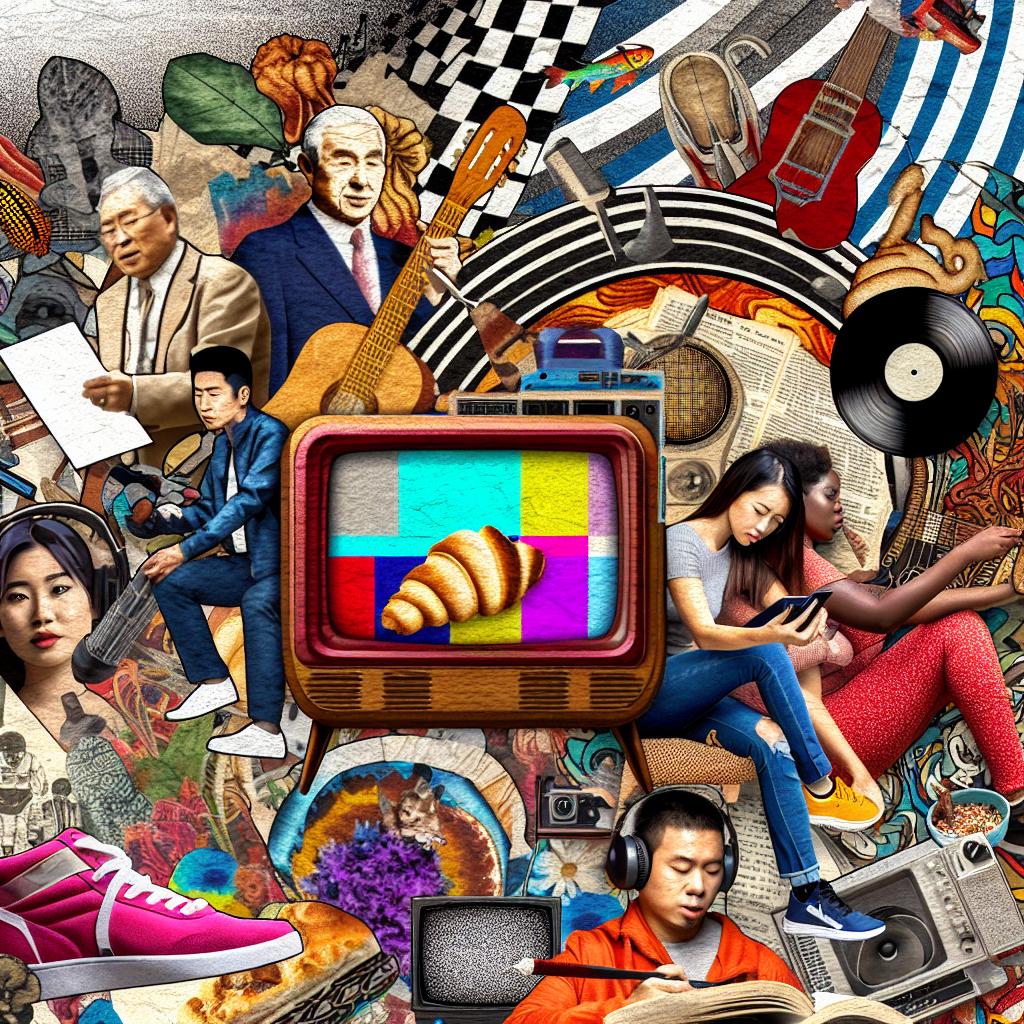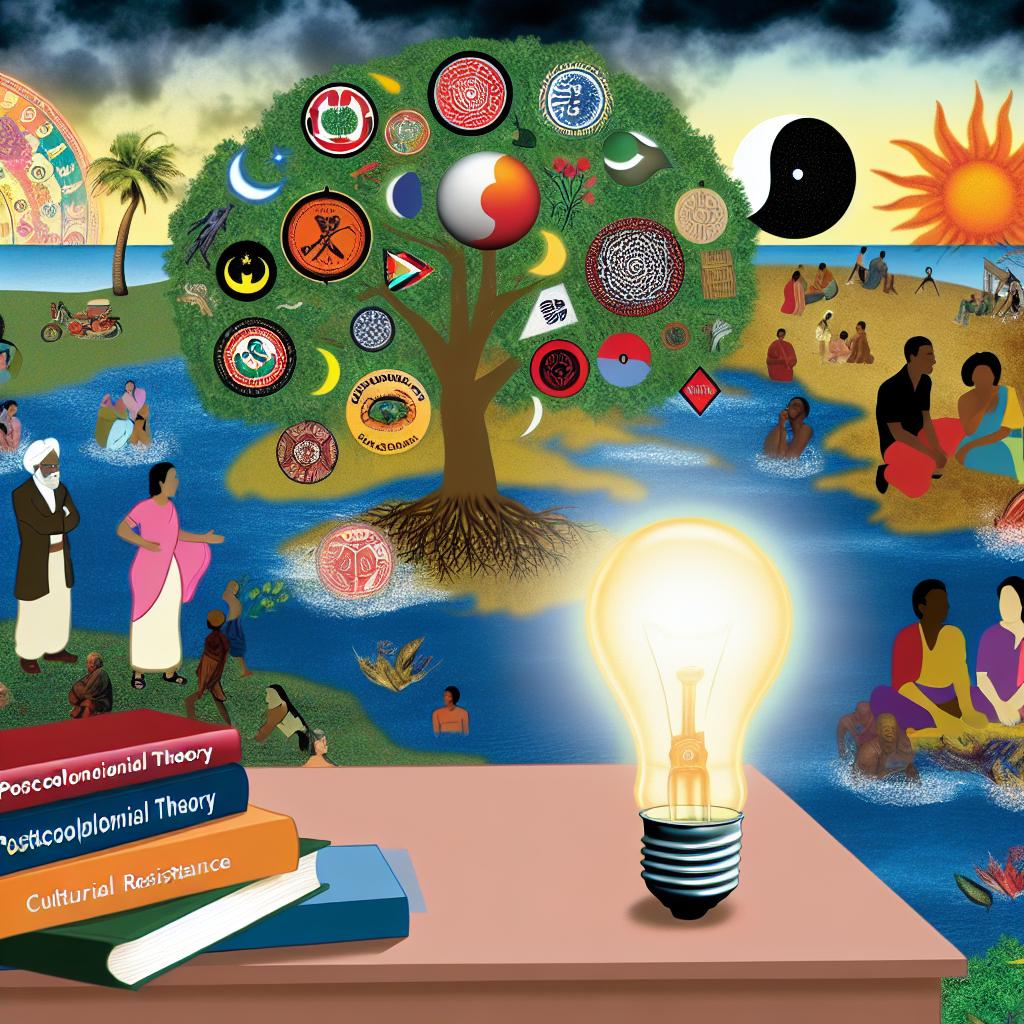Understanding the Impact of Media on Popular Culture
The intricate relationship between media and popular culture is mutually reinforcing, where each continuously influences and reshapes the other. With an unparalleled reach, various media outlets possess the power to shape, reflect, and amplify cultural norms, trends, and behaviors, which in turn influence individuals’ perceptions and interactions with the world. This cyclical interaction plays a pivotal role in how contemporary society is observed and understood.
Media as a Reflection of Cultural Values
At its core, media serves as a mirror to cultural values, portraying societal norms, beliefs, and practices that define communities. By presenting these cultural aspects, whether through television shows, films, music, or news media, the media helps reinforce certain cultural values while simultaneously challenging others by featuring alternative perspectives. It is a powerful tool in both preserving and questioning the status quo.
Television and Film
Television and film stand as formidable agents in shaping public opinion and cultural dynamics. These media forms explore social issues, historical events, and futuristic scenarios, acting as lenses through which audiences can view and engage with a variety of topics. Programs showcasing strong female leads or diverse casts can play a significant role in enhancing acceptance and understanding of issues such as gender equality and multiculturalism. Consequently, television and film not only entertain but also educate and influence societal transformation by showcasing diverse perspectives.
Music and Popular Trends
Music is another dynamic medium through which culture is expressed and evolved. Lyrics and compositions often encapsulate the zeitgeist, capturing themes such as love, politics, and personal struggle. Different music genres can highlight various cultural conversations, occasionally driving societal sentiment or political movements. Through its universal appeal, music can teach and influence, bringing disparate groups together or igniting critical discourse on pressing societal matters.
Media’s Role in Cultural Change
While media mirrors cultural values, it simultaneously functions as a powerful agent for change. By presenting alternative viewpoints and narratives that challenge established norms, media can shape public opinion and foster social transformation. This dual role positions media as both a reflector and a molder of society.
News Media and Public Discourse
News media, encompassing both traditional and digital platforms, significantly shapes public discourse by selecting which stories to tell and how to present them. The manner of framing these stories heavily influences public perception of events, issues, and policies, thereby possibly reshaping political and social landscapes. The choices made by news outlets on coverage can thus be pivotal in informing and influencing societal perspectives.
Social Media as a Platform for Cultural Exchange
The advent of social media has revolutionized the way culture is shared and engaged with, offering a global stage for cultural exchange. Platforms like Instagram, Facebook, and Twitter allow individuals to create and disseminate content, democratizing content creation and enabling a diverse range of voices to partake in cultural conversations. This broad participation fosters greater inclusivity, encouraging dialogue and understanding across different cultural divides.
The Dynamics of Media Ownership
Understanding the dynamics of media ownership is essential as it can profoundly impact the content produced and circulated. A handful of large corporations control a significant portion of global media, leading to potential biases and homogenization of content which affects cultural representation. Exploring these ownership dynamics provides insight into the broader implications of media’s influence on culture.
Concentration of Media Ownership
The consolidation of media ownership restricts the diversity of viewpoints available to the public. Often, smaller independent outlets struggle to compete with the dominant players in the industry. This concentration can influence which narratives gain prevalence in public discourse, potentially limiting the variety of cultural representation available to audiences. The limited breadth of perspectives could narrow the societal understanding of cultural diversity.
Challenges of Bias and Objectivity
Media bias, whether perceived or confirmed, is a significant factor affecting public trust and media consumption habits. Journalism’s standards and ethical considerations are vital for maintaining objectivity and achieving balanced reporting. As the media landscape rapidly evolves, these standards face ongoing challenges. Examining these elements is crucial for understanding how media bias can shape, or sometimes skew, public perception.
Conclusion
In summary, the interplay between media and popular culture is both complex and dynamic. Media functions as a conduit for reflecting and amplifying cultural values while acting as a catalyst for societal change. As media continues to evolve, its influence on society and culture is likely to increase, highlighting the importance of ongoing critical analysis. Understanding this evolving role is pivotal for comprehending media’s overarching impact on public consciousness, shaping how cultural narratives are formed and disseminated across various platforms.


